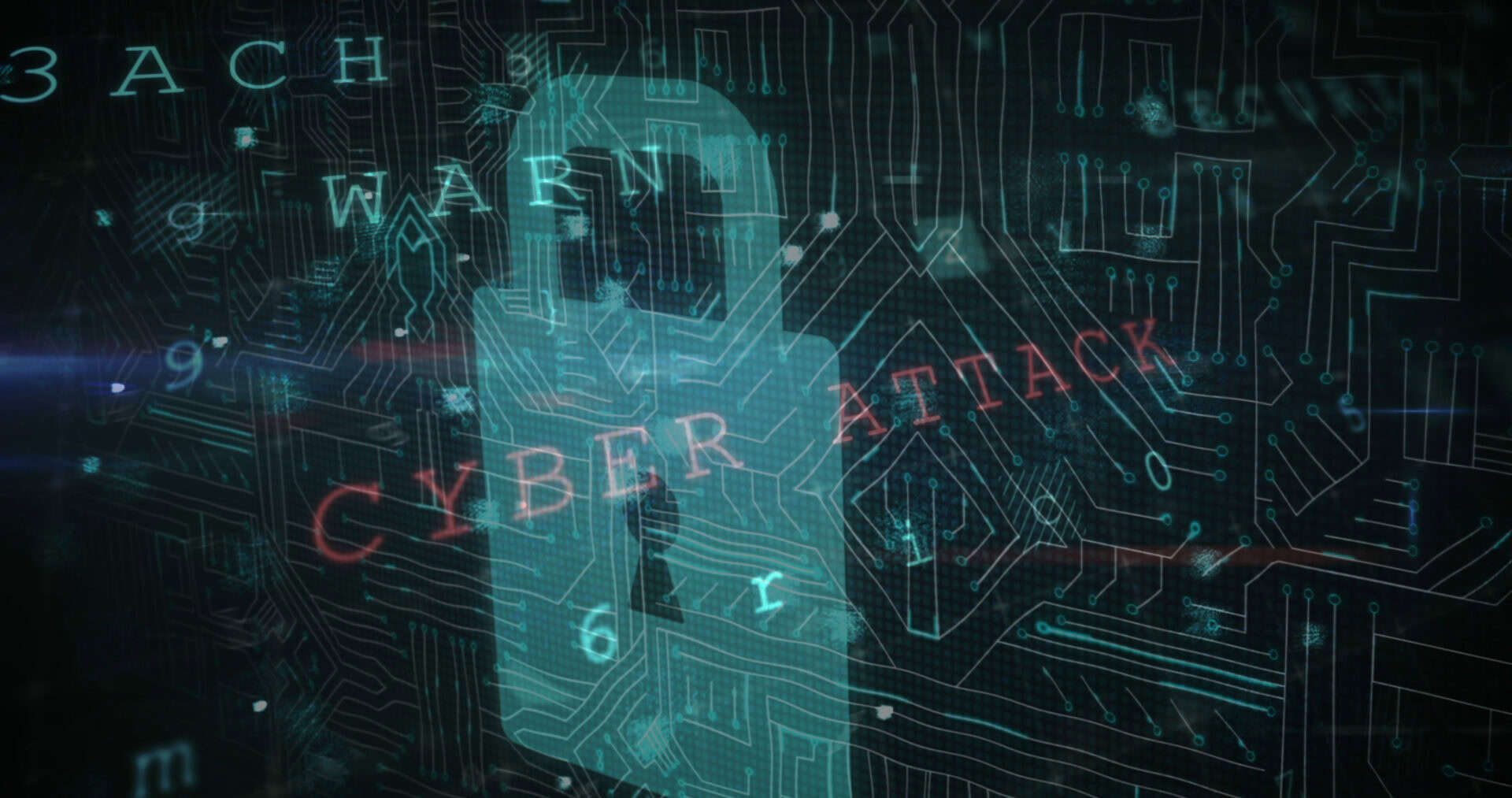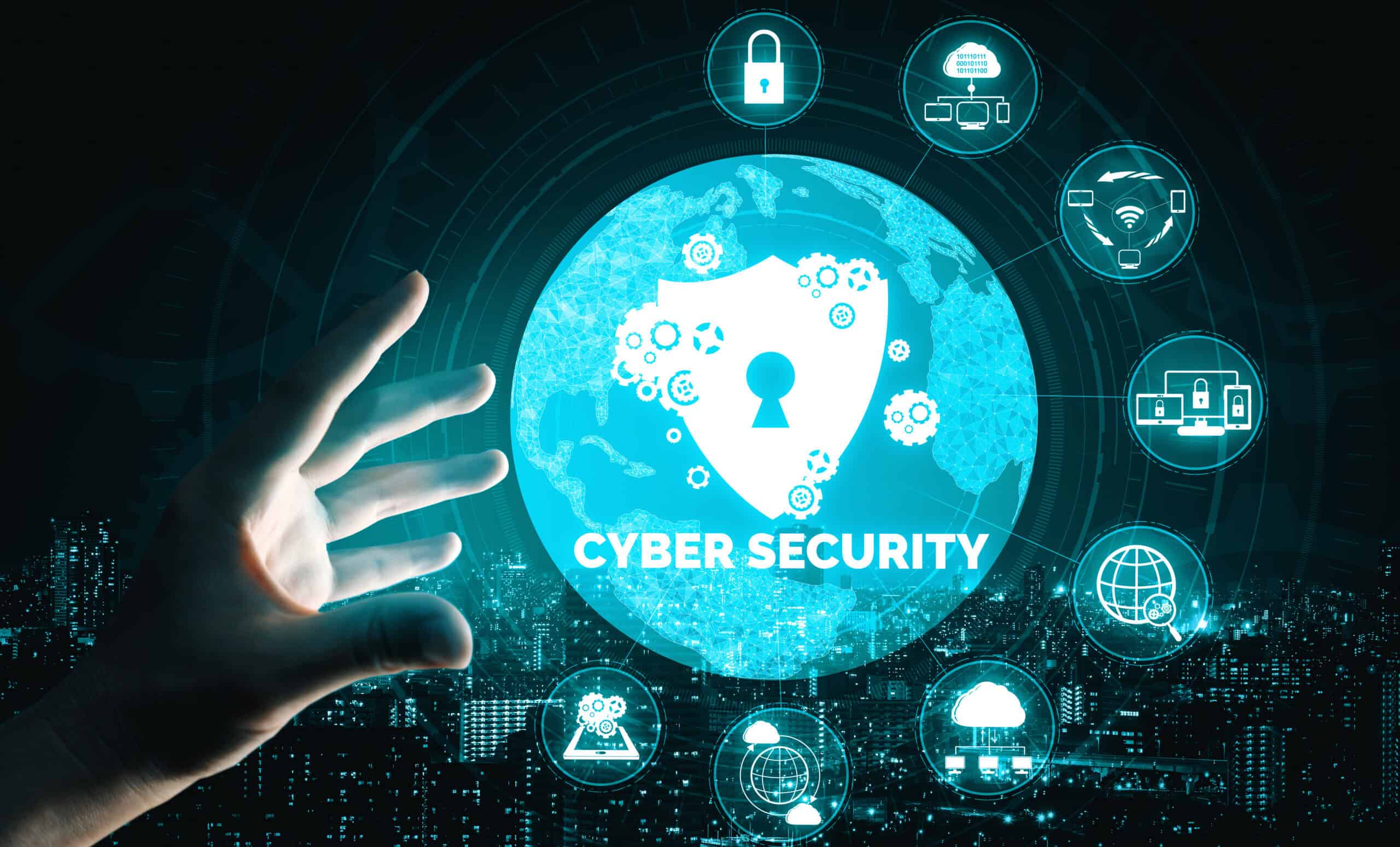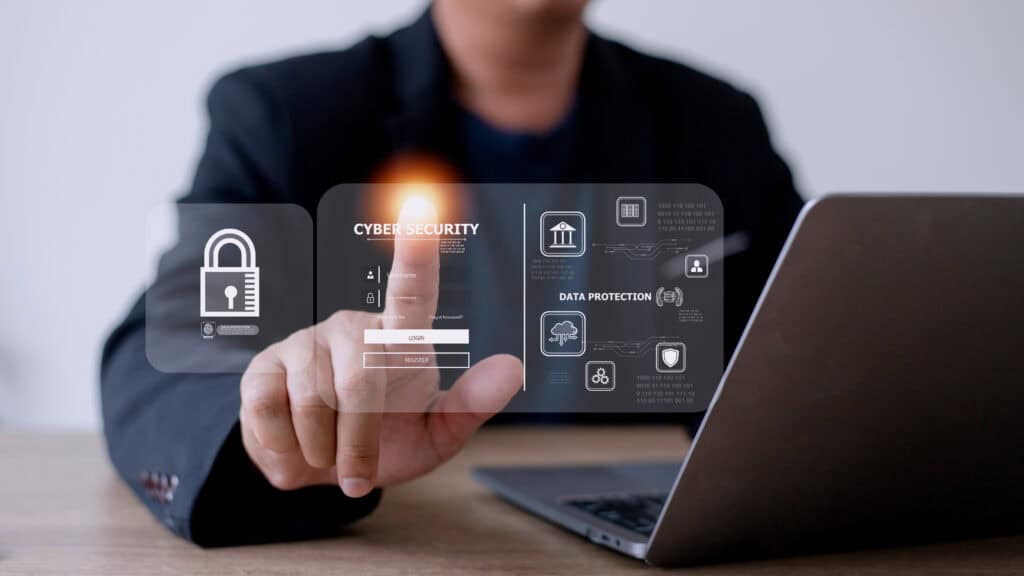- Network inspections proactively identify vulnerabilities, optimize system defenses, and strengthen cybersecurity strategies.
- Different inspection types, such as vulnerability assessments and penetration testing, help mitigate risks before breaches occur.
- Regular inspections ensure compliance, improve security protocols, and protect businesses from evolving cyberthreats.
While many companies focus on defense measures after an attack occurs, comprehensive network inspections are the key to preventing breaches before they happen. This proactive approach allows you to identify vulnerabilities, optimize your system, and strengthen your cybersecurity posture.
Read on to explore the critical role network inspections play in cyber defense, how they prevent costly security issues, and why they’re indispensable for any business concerned with data protection.
Understanding Network Inspections
Comprehensive network inspectioms involve a thorough evaluation of your organization’s IT infrastructure. This includes hardware, software, and network configurations. The goal is to identify weaknesses that cybercriminals could exploit, securing your systems before an attack occurs.
These inspections typically involve a series of steps, such as vulnerability assessments, penetration testing, and configuration reviews, all aimed at closing any gaps in your cybersecurity framework.
Types of Network Inspections
A well-rounded network security strategy incorporates multiple inspection methods to address different aspects of potential vulnerabilities. Each type of inspection plays a unique role in identifying and mitigating risks across various layers of your IT infrastructure:
- Vulnerability Assessments: Scanning your systems for known vulnerabilities and compiling reports on potential risks helps businesses stay ahead of cyberthreats. Regular assessments keep your infrastructure up-to-date with evolving cybersecurity standards.
- Penetration Testing: This method simulates an attack on your network to uncover how deeply a cybercriminal could penetrate your defenses. By understanding these vulnerabilities, businesses can develop a more robust defense strategy.
- Configuration Reviews: Proper configuration can significantly reduce the risk of exploitation, especially with complex systems in industries like manufacturing, construction, and engineering.
The Role of Network Inspections in Cyber Defense
The information gathered through network inspections is vital not just for risk mitigation but also for optimizing your security architecture. Regular inspections enable businesses to adjust their defenses to match cyberthreats as they evolve.
Identifying Vulnerabilities
The primary benefit of comprehensive network inspections is early detection. Cybercriminals often target outdated software, unpatched vulnerabilities, or misconfigured systems. Inspections allow businesses to pinpoint these weaknesses before they are discovered and exploited.
Enhancing Security Protocols
This could involve tightening firewalls, upgrading encryption methods, and instituting more rigid access controls. By improving your cybersecurity protocols, you protect sensitive data and show clients that their information is secure with your company, thereby building trust in your operations.
Preventing Costly Breaches
The average cost of a data breach has reached millions of dollars, not to mention the long-term reputational damage. Through regular network inspections, businesses can mitigate these risks by identifying issues before they escalate into full-blown security breaches.
For example, if an inspection uncovers overlooked access points in your network, you can quickly take steps to secure these vulnerabilities, preventing unauthorized access and potential data theft. Investing in proactive network inspections is an investment in safeguarding both your bottom line and your reputation.
Building a Proactive Cybersecurity Culture
Cybersecurity is a company-wide responsibility, not just an IT issue. By fostering a proactive security culture, employees at all levels become more aware of how their actions impact the overall security of the network.
Moving from Reactive to Proactive
In many businesses, cybersecurity is often treated as a reactionary measure, where systems are only fortified after an attack occurs. However, this is no longer sufficient given the sophisticated nature of modern cyberthreats. Comprehensive network inspections shift the focus to a proactive strategy that prevents attacks before they happen.
By integrating these inspections into your company’s cybersecurity culture, your employees become more aware of potential risks and the importance of safeguarding company data. Cybersecurity training alongside regular inspections helps maintain a secure environment and keeps everyone in your organization on the same page.
Continuous Improvement
Cyberthreats constantly evolve, and so should your cybersecurity measures. A one-time inspection is not enough. To stay ahead of emerging threats, organizations should treat network inspections as part of a continuous improvement process.
Best Practices for Implementing Network Inspections
To maximize the effectiveness of network inspections, businesses should adhere to the following best practices:
- Schedule Regular Inspections: Set a routine for performing network inspections. Whether quarterly or biannually, these inspections should be a core part of your cybersecurity strategy.
- Utilize Advanced Security Tools: Leverage tools such as intrusion detection systems (IDS) and security information and event management (SIEM) platforms to detect and respond to threats in real-time. These technologies improve your inspection process by providing deeper insights and faster reactions to potential risks.
- Engage Professional Cybersecurity Services: If your in-house expertise is limited, partnering with third-party cybersecurity providers helps make network inspections thorough and effective. These experts bring specialized knowledge and are well-equipped to identify vulnerabilities that might go unnoticed internally.
- Document Findings and Actions Taken: Keep detailed records of the inspections conducted, the vulnerabilities discovered, and the actions taken to mitigate risks. This documentation is vital for tracking improvements, maintaining compliance with industry regulations, and refining security strategies.
Why Network Inspections Matter Now More Than Ever
As new technologies emerge, the nature of cyber risks also changes.
Adapting to the Growing Threat Landscape
As more businesses adopt remote work models, the threat surface has expanded. Employees accessing company networks from various locations and devices create new vulnerabilities that need to be addressed. Regular network inspections are key to addressing risks from new entry points while also keeping remote access policies effective and endpoints secure.
Staying Compliant with Data Protection Regulations
With increasing regulations surrounding data protection, such as the General Data Protection Regulation (GDPR) in Europe and the California Consumer Privacy Act (CCPA), businesses must ensure their cybersecurity measures align with legal requirements. Network inspections play a vital role in demonstrating due diligence in protecting sensitive information and helping companies avoid costly fines for non-compliance.
Businesses can keep their networks secure and resilient against evolving cyberthreats by using comprehensive network inspections. Luckily, our team at CMIT Solutions of Tampa South can help. Make network inspections a priority by contacting us today; your company’s security and success depend on it.





